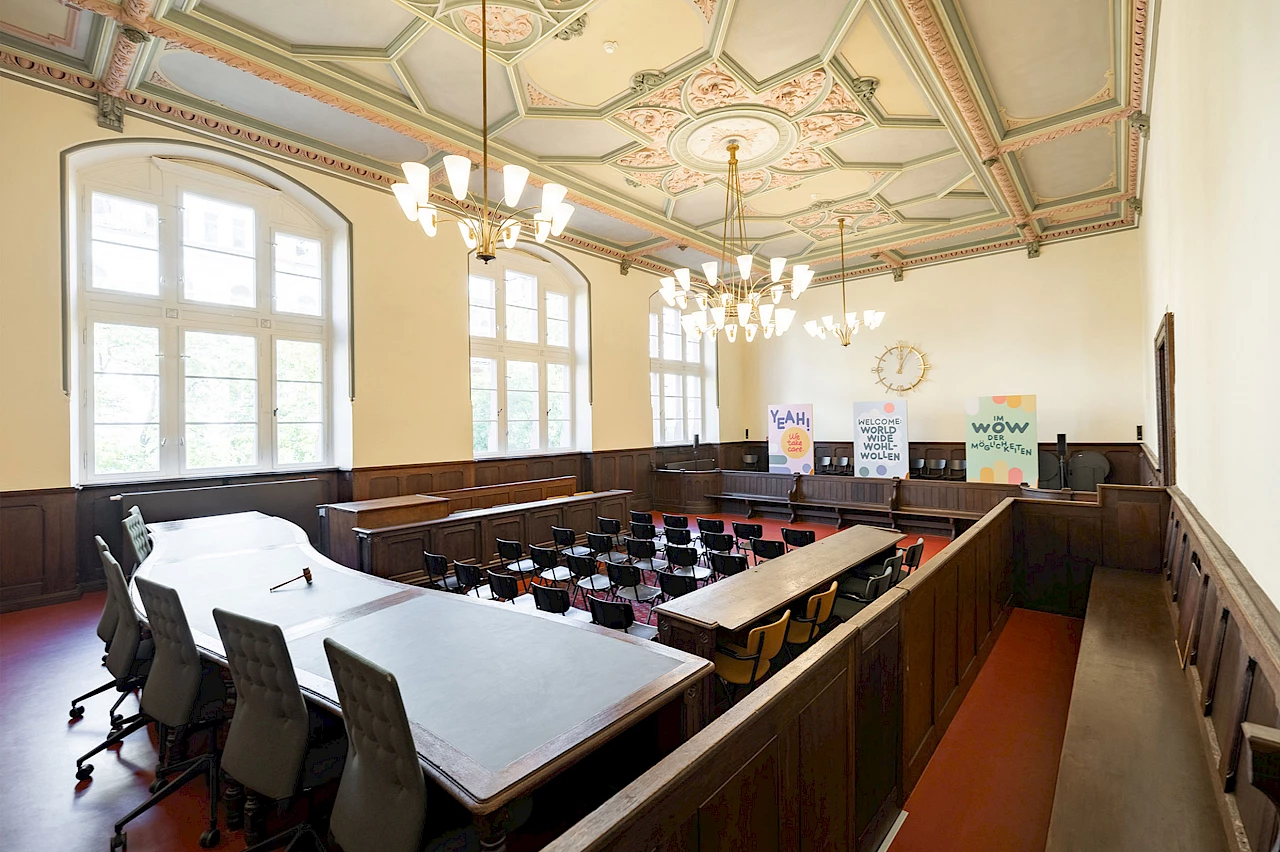The Old Courthouse (Altes Gericht) in Wiesbaden is more than just a historic building—it’s a place for creative exchange, networking and innovation. During the IBA’s on-site visit, it became clear how this place combines architecture, modern work concepts and social change.
New working environments and flexible usage concepts
The former court building in Wiesbaden was converted into a state-of-the-art coworking, conference and innovation centre by Heimathafen GmbH. On three floors and more than 2,500 square metres, the Heimathafen (“Home Port”) has been offering flexible workspaces as well as meeting rooms, event areas and meeting zones since the beginning of 2022. A special feature is the hybrid utilisation concept: while creative minds work on new projects in the office and co-working spaces, public events, exhibitions and network meetings take place in the conference rooms. Flexible working in shared spaces offers an alternative for companies, especially in times of diminishing office space. In addition to individual workstations, the Old Courthouse welcomes project-based teams who wish to work together in one place for a specific period of time.
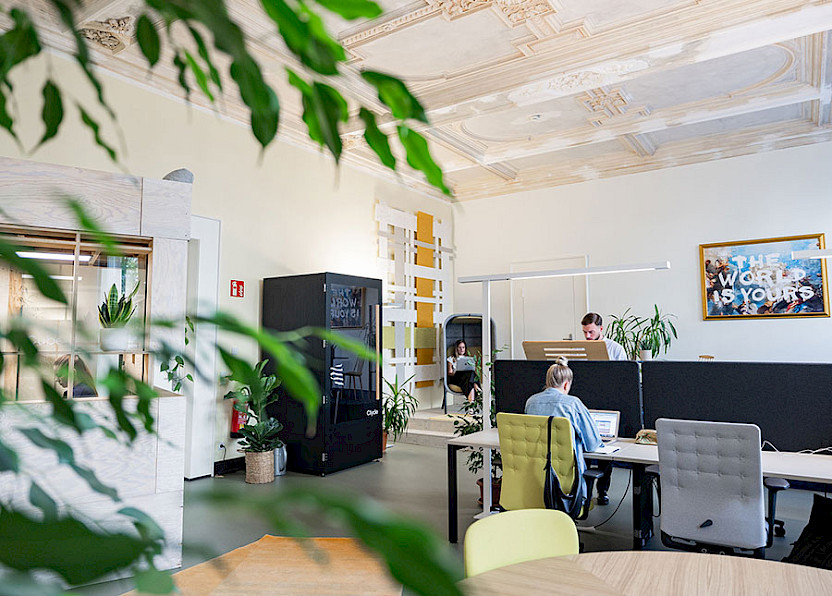
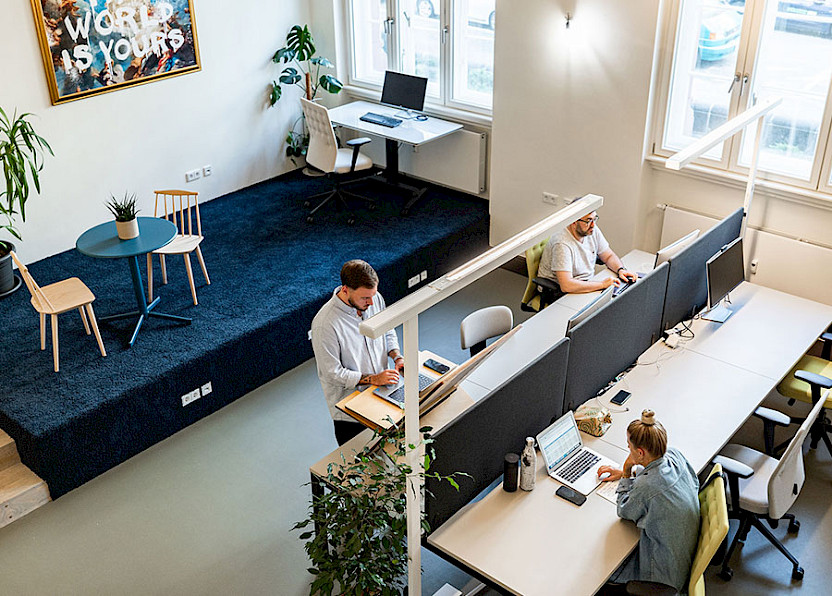

Design principles and monument conservation
A key aspect of the conversion was the balance between historical heritage and modern working environment. Conservation played a key role in this. However, it wasn’t restrictive, but instead served as design inspiration. The original structure of the building has been largely preserved, which underlines its historical character. At the same time, modern design concepts were used to create an inspiring and functional working environment. The combination of old and new gives the building a special atmosphere that attracts business founders and startups in particular. Rooms such as the Civil Chamber Hall and the former criminal courtroom, which have been preserved in their original form, are particularly striking. Here, the Heimathafen deliberately focuses on the charm of the historical furnishings: high-quality wooden furniture, elaborately restored wall panelling and stucco ceilings create a special ambience for events, seminars and workshops. For interested individuals, the 100-year history of the building and its impressive architecture are also highlighted in regular historical tours of the Old Courthouse.
Community and networks as success factors
Another key point of the spatial concept is the promotion of community building and interdisciplinary exchange. The Old Courthouse is deliberately designed to encourage encounters and discussions between coworkers. One example of this is the regular community lunches, where people from different areas can communicate informally. This not only leads to new contacts, but often to joint projects as well. Established companies are also showing interest in the open structures of the Heimathafen. For example, some larger companies use the premises for workshops and innovation projects in which they work specifically with startups and creatives. This type of co-creation helps to bring fresh impetus to existing corporate structures and gain new perspectives.
Public accessibility and urban networking
A central aim of the Heimathafen in the Old Courthouse is to dissolve the boundary between the world of work and public space. The café on the first floor is open to everyone and serves as a meeting place for coworkers, residents and visitors. In addition to this daily exchange, public events such as the opening ceremony, street festivals or the Wiesbaden ARTdays enliven the quarter and promote networking between the creative scene and urban society. The transformation of Gerichtsstraße into a pedestrian zone was an important urban development stimulus. This increases the quality of stay and makes the Old Courthouse a place where working, living and culture merge. In addition, regular community events, after-work meetings and public workshops ensure a lively mix and make the building a social and economic driver for Wiesbaden outside of office hours.
Promoting innovation and prototyping
In addition to classic coworking spaces, the Old Courthouse offers dedicated areas for experiments, new business models and creative idea development. The location not only serves as a workplace, but also as a laboratory for innovative formats in which companies, startups and creatives can test and further develop their concepts. A central element of this innovation promotion is the pop-up store, which can be used as a temporary presentation area for new products, services or business ideas. Startups or young companies have the opportunity to test their prototypes in a real-life environment and receive feedback from customers or industry experts. Universities and research institutes have also used the space to present new concepts to a wider public. In addition to this testing ground, the Old Courthouse offers another experimental laboratory in the form of its former prison cells. The historic rooms were deliberately preserved and redesigned to serve as creative workshops for interactive formats and prototyping processes. Exhibitions and innovation workshops are regularly held here, where companies and creative minds can develop new products and ideas. Last but not least, the architectural design of the building also serves to promote innovation. Open spatial structures and meeting zones facilitate creative exchanges between the various players. The clubhouse in particular serves as a place for spontaneous meetings, discussions and brainstorming.
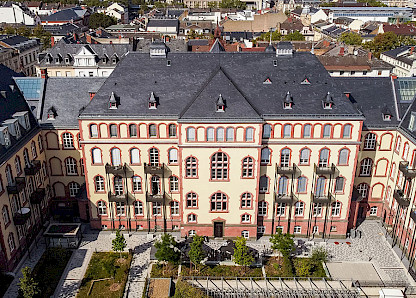
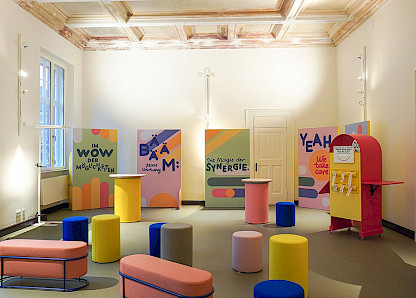
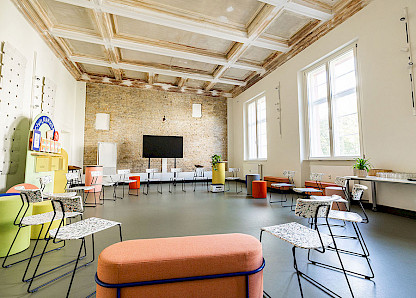
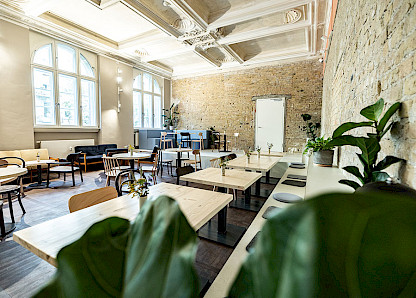
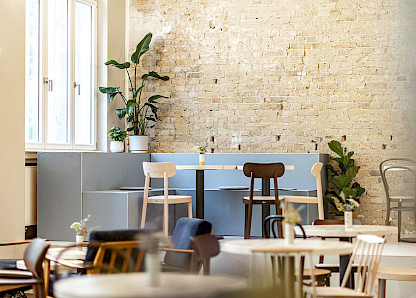



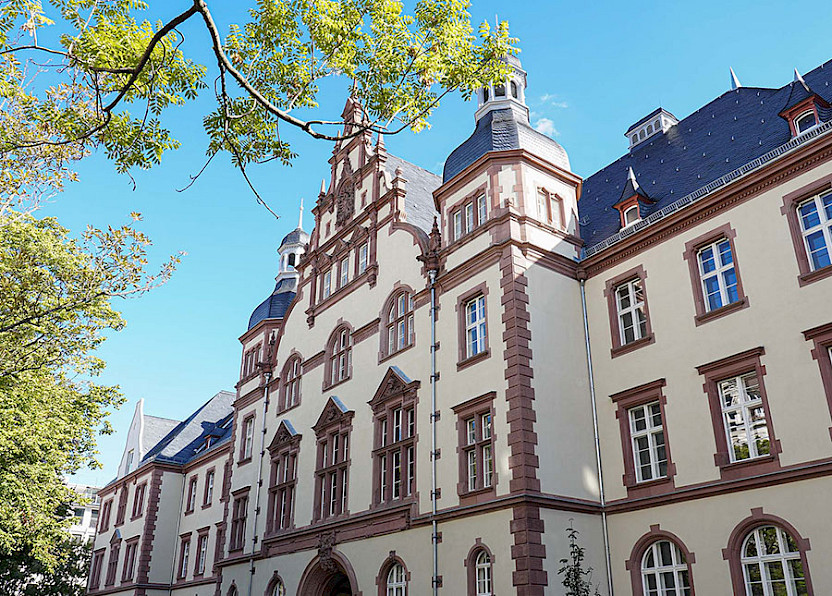
The Old Courthouse in Wiesbaden has developed into a lively centre through the combination of coworking, community and innovation promotion. It shows how modern workspaces can be designed to support collaboration, creativity and social change. It’s a place and example of successful urban development and a model of how historic buildings can be combined with forward-looking concepts to create space for creative and innovative processes.



